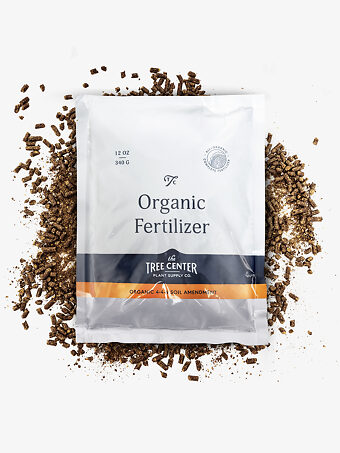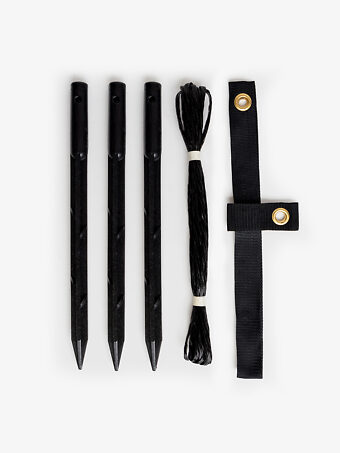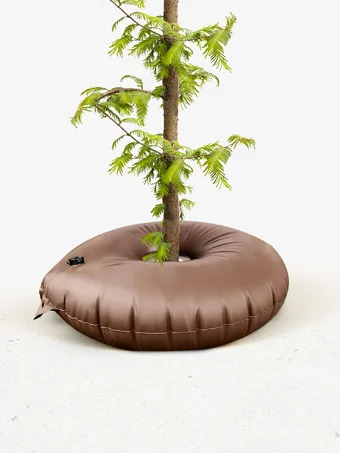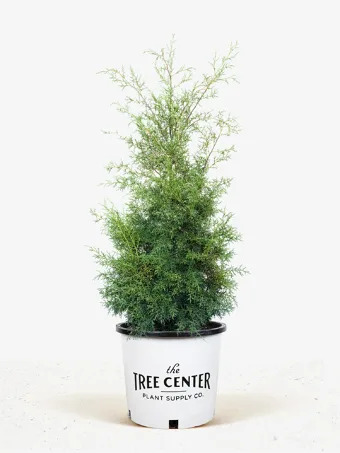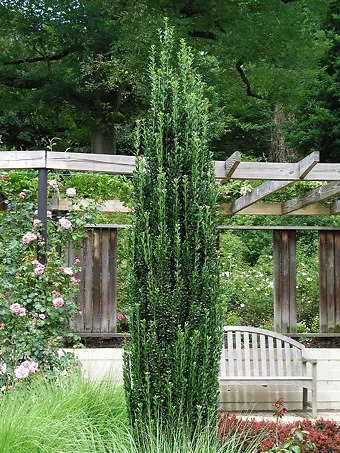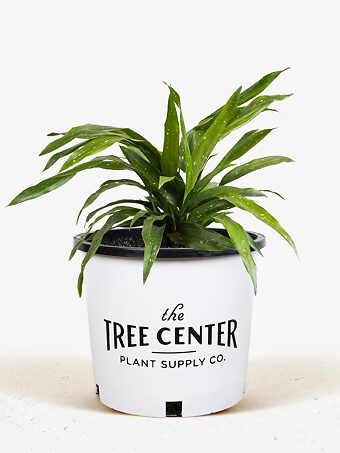
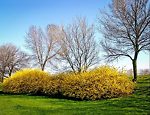

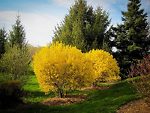

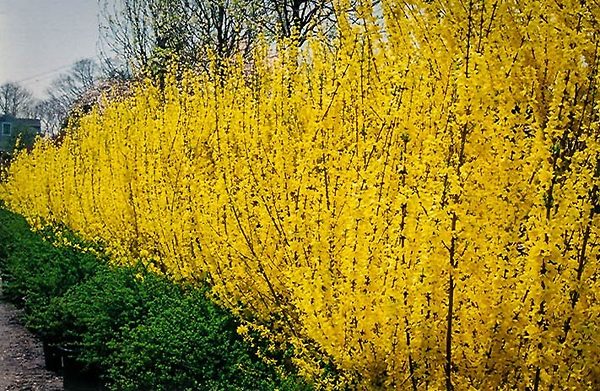
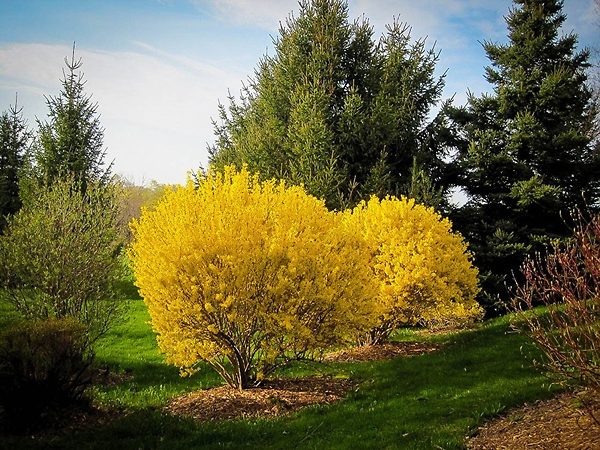
Lynwood Gold Forsythia
Forsythia x intermediaView more from Forsythia
Lynwood Gold Forsythia
Forsythia x intermedia
Select size
Size Guideselect quantity
Buy in monthly payments with on orders over $50.Prequalify now
on orders over $50.Prequalify now
this item doesn’t ship to
One of the very first shrubs to flower in late winter or early spring, the Lynwood Gold Forsythia bursts into glorious yellow bloom before any leaves are seen, and often while snow still lies in patches in the shade. This valuable plant is a medium-sized shrub growing to 6 to 9 feet tall and across. It is extremely tough, growing in clay soils, or any other soil and resisting harsh growing conditions such as are found in many cities. When planting a garden some shrubs are indispensable because they are both easy to grow and spectacular in flower – this plant is a definite must-have in every garden.
- Early-blooming large golden flowers
- Covered in flower from top to bottom
- Easily grown in all garden conditions
- Tough, reliable and pest-free
- Great low privacy screen or hedge
The Lynwood Gold Forsythia makes a beautiful addition to your garden and it also makes an excellent flowering hedge, forming a dense screen that is covered in bloom every spring, before becoming a rich-green barrier for complete privacy. For a beautiful forsythia that will flower perfectly in zone 5, see our Show Off Forsythia shrub.

Botanical Name:
Forsythia x intermedia
Mature Width:
8-10 ft
Mature Height:
8-10 ft
Grows Well In:
Zones 4-8

Sun Needs:
Full Sun, Partial Sun
Water Needs:
Moderate
Growth Rate:
Fast
Flower Color:
Yellow
Flowering Season:
Spring

